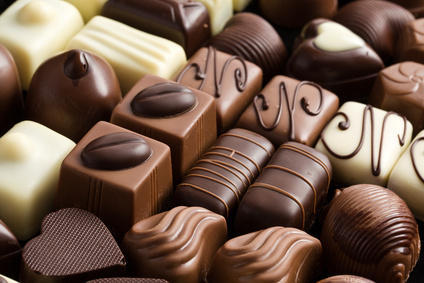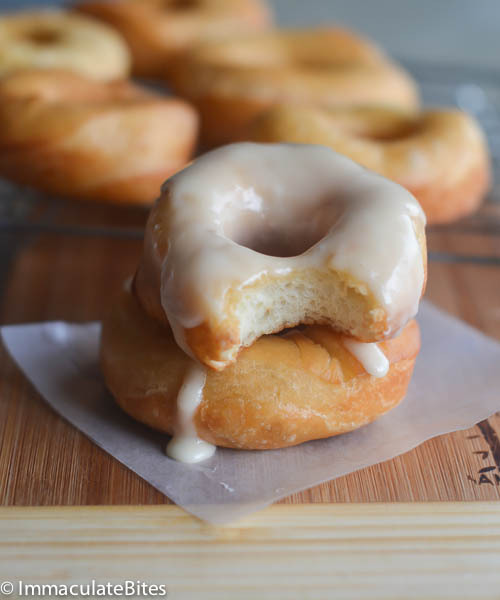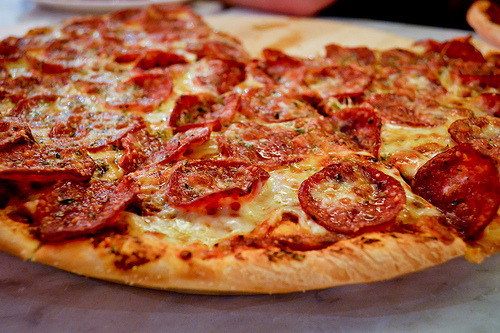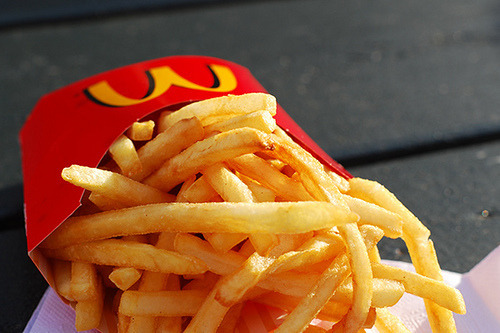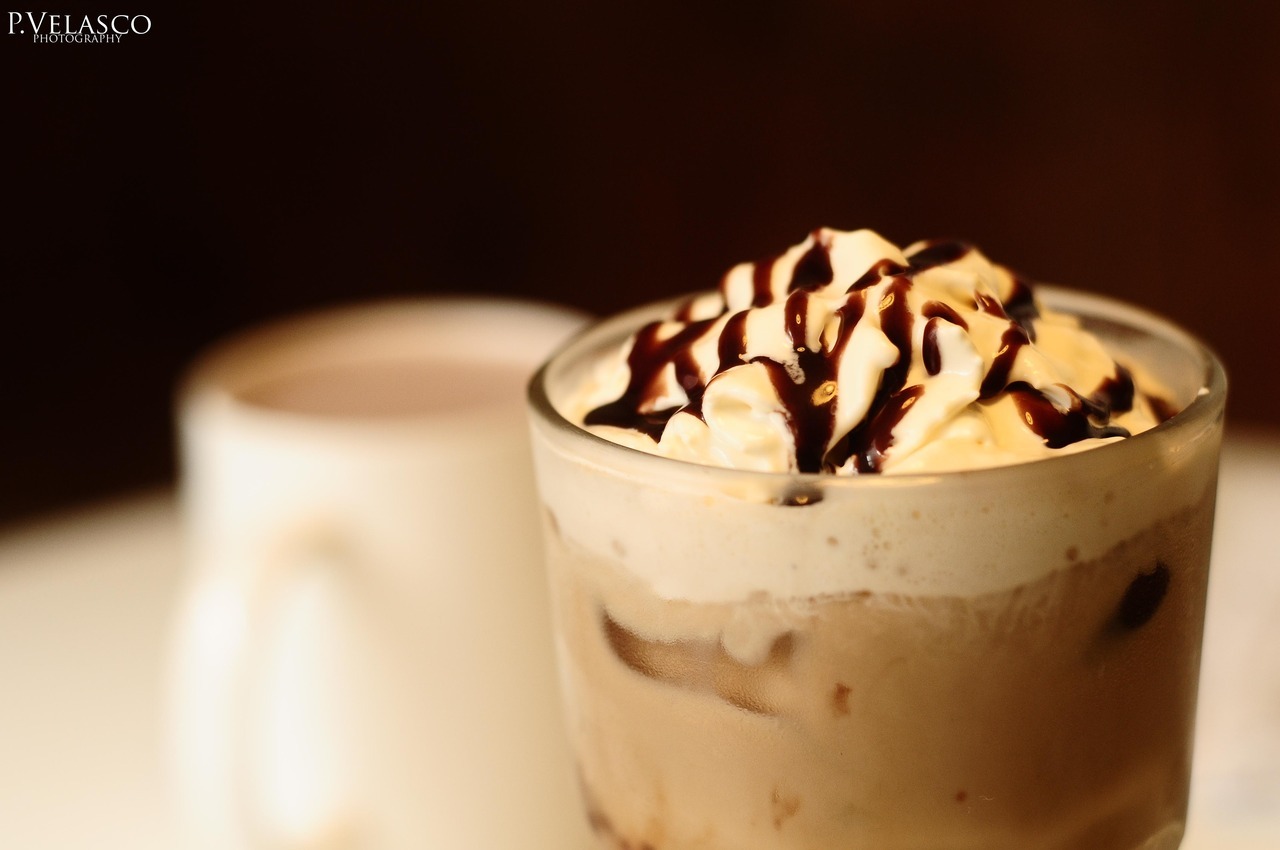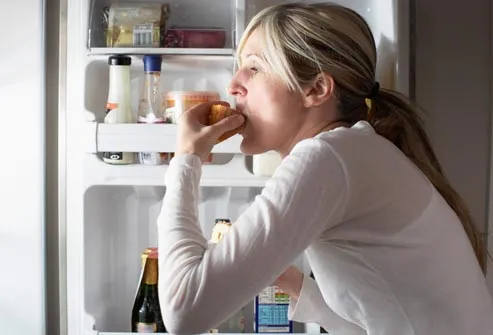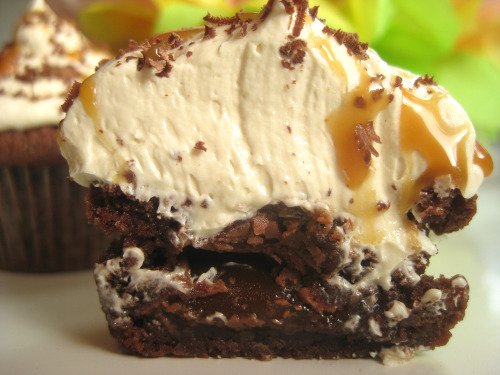If you think chocolate is heavenly, you're not alone. Chocolate literally is the "food of the gods" -- that's what its botanical name, Theobroma cacao, means. But you needn't be divine to indulge. Mere mortals adore chocolate in all its forms, from the humble chocolate chip cookie to gourmet goodies, wintry hot chocolate, and decadent desserts. And to make chocolate even more drool-worthy, researchers are discovering this ancient treat may have some modern health benefits.
Q: When was chocolate first discovered?
A: Chocolate dates back centuries. The Mayans traded valuable cacao beans, from which chocolate is made, as a commodity. In 1519, the Aztecs discovered that they could make a delicious drink by adding water and sweeteners to roasted, ground-up cacao beans. The chocolate bar came along later in the 18th century, by mixing chocolate with milk.
Q: Are all chocolates good for you?
A: Chocolate lovers, rejoice -- but be savvy about chocolate's health perks. Chocolate really can be good for you, but not all chocolate is created equally. If you're after health benefits, forget the chewy, caramel, marshmallow or cream-covered chocolates and look for solid dark chocolate.
Q: Why is dark chocolate a better choice than white or milk chocolate?
A: The health benefits of chocolate come from flavonoids, a type of phytochemical found in the cacao bean. Dark chocolate contains a higher percentage of cocoa than white or milk chocolate. And the more cocoa a chocolate product contains, the richer its health-promoting content.
Q: What are the health benefits of dark chocolate?
A: Research has shown that when dark chocolate is part of a healthy lifestyle, it can improve heart health, blood pressure, reduce LDL "bad"cholesterol, and increase blood flow to the brain. It may also improve blood sugar and insulin sensitivity, reducing diabetes risk.
Q: How much chocolate should I eat to get the health benefits?
A: Limit the portion size because even though dark chocolate contains good-for-you flavonoids, it also has not-so-good-for-you fat, sugar, and calories. Overindulging in chocolate can undo any health benefits and lead to weight gain and related health problems.
A small portion of about an ounce should satisfy your taste buds -- especially if you eat it slowly -- and provide chocolate's health benefits without widening your waistline.
Here's an example. A standard-sized bar of Hershey's Dark Chocolate has 531 calories, compared with 150 calories from an ounce of dark chocolate or about six Hershey's Kisses.
Q: Why do some chocolates tout the percent of cocoa on the label?
A: The greater the percentage of cocoa, the higher the concentration of flavonoids. Most milk chocolate contains up to 50% cocoa, while some inexpensive chocolates contain as little as 7% cocoa. Look for dark chocolate with at least 70% cocoa for the finest dark chocolate rich in healthy flavonoids.
Q:What is the difference in the calories in cocoa, baking chocolate, and chocolate candy?
A: Most chocolate we eat today is a combination of cocoa solids, fats, sugar, and, in the case of milk chocolate, milk. Here's the scoop on fat and calories:
- Pure cocoa powder: (2 tablespoons): 40 calories, 1 gram of fat, 0 grams of saturated fat
- Unsweetened baking chocolate (1 ounce):140 calories, 14 grams of fat, 9 grams of saturated fat.
- Semisweet or milk chocolate (1 ounce): 135 calories, 8.5 grams of fat, 5 grams of saturated fat.
- Dark chocolate (1 ounce): 142 calories, 10 grams of fat, and 6 grams of saturated fat.
Q: What is the difference between cocoa powder, baking chocolate, dark, milk, and white chocolate?
A: It all boils down to how chocolate is made. Cocoa beans are roasted, graded, and ground to make a chocolate liquor, which also contains cocoa butter.
- Unsweetened baking chocolate is chocolate liquor that's been solidified and pressed.
- Cocoa powder is cocoa butter removed from chocolate liquor and dried into cocoa powder.
- Dark chocolate is a blend of sugar, cocoa butter, chocolate liquor, and sometimes vanilla.
- Milk chocolate is made by adding milk or milk powder to the dark chocolate formula.
- White chocolate contains sugar, cocoa butter, milk or milk powder, and vanilla. It has no chocolate liquor.
Emulsifying agents are usually added to chocolate candy to give it a smooth texture and mouth feel. More expensive chocolates are processed longer to enhance the mouth feel.
Q: Is chocolate really an aphrodisiac?
A: The Aztecs considered chocolate a royal aphrodisiac. The Mayans associated it with their fertility god. And today, Sarah McLachlan sings, "Your love is better than chocolate," a modern twist on the chocolate love connection.
Here are the scientific facts. Chocolate contains the chemicals phenylethylamine and serotonin, which are thought to be mood boosters and mild sexual stimulants. Eating chocolate makes you feel good, even euphoric. But the aphrodisiac qualities of chocolate are more about the sensual pleasure of how it melts in your mouth than as a sexual stimulus.
Comment below what you think of the article. Make sure to understand that you must limit your portions of dark chocolate, otherwise you will see negative effect such as weight gain. So limit your portions and ENJOY!! have a wonderful day and I would love to hear your thoughts and feedback!!! :)
Source
http://www.webmd.com/sex-relationships/modern-love-8/chocolate-answers
SOURCES:
The Journal of the American Medical Association, July 6, 2005; vol 294: pp 97-104.
The Journal of the American Medical Association, July 6, 2005; vol 294: pp 97-104.
American Heart Association: "High Blood Pressure."
News release, American Heart Association.
American Society of Hypertension Nineteenth Annual Scientific Meeting and Exposition, New York, May 18-22, 2004.
Charalambos Vlachopoulos, MD, Athens, Greece.
Naomi Fisher, MD, associate professor of medicine, Harvard Medical School, Boston.
Taubert, D. The Journal of the American Medical Association, Aug. 27, 2003; vol 290: pp 1029-1030.
Grassi, D. American Journal of Clinical Nutrition, March 2005; vol 81: pp 611-614.
Taubert, D. The Journal of the American Medical Association, July 4, 2007; vol 298: pp 49-60.
News release, JAMA/Archives.
Reviewed on December 30, 2008
© 2008 WebMD, LLC. All rights reserved.





